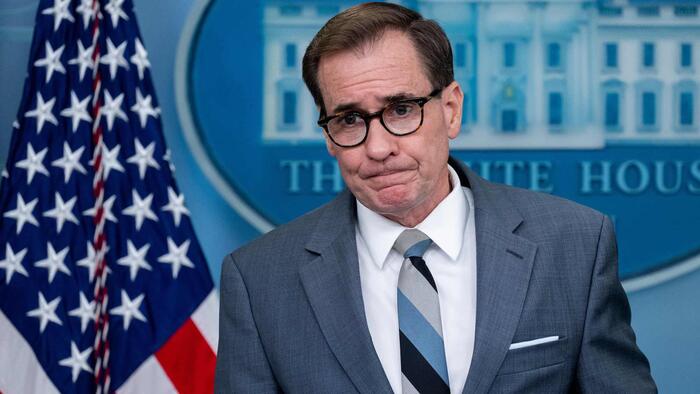The recent developments involving North Korea and Russia have raised serious concerns within the United States, as intelligence reports suggest that North Korean troops are preparing to assist Russian forces in Ukraine. U.S. Defense Secretary Lloyd Austin highlighted the gravity of the situation, indicating that if North Korea indeed intends to participate directly in this conflict, it represents a significant escalation. During a recent trip to Kiev, where he announced a new arms package worth $400 million, Austin emphasized that the situation should be closely monitored. The collaboration between the two countries could change the dynamics of the war, prompting U.S. officials to issue stern warnings regarding the implications of such military cooperation.
South Korean intelligence has corroborated claims made by Ukrainian President Volodymyr Zelensky, who asserted that approximately 10,000 North Korean troops are being mobilized in Russia for potential deployment in Ukraine. Claims surfaced that at least 1,500 North Korean soldiers are already engaged in the eastern parts of Ukraine. John Kirby, a spokesman for the White House, reported that the U.S. government estimates at least 3,000 North Korean soldiers have arrived at the Pacific port of Vladivostok and are receiving training at various military sites in eastern Russia. This intelligence raises the likelihood that these troops could soon take part in combat, which Kirby noted as a troubling prospect for the ongoing conflict in Ukraine.
The implications of North Korean troops potentially joining forces with Russia in Ukraine cannot be overstated. President Zelensky acknowledged the recent intelligence assessments, suggesting that two military units from North Korea are currently undergoing training, potentially amounting to as many as 12,000 troops when considering the deployment of four brigades. Zelensky’s acknowledgment of this growing international alliance is a call to action for Ukraine’s Western allies, urging them to enhance their support in light of new threats that arise from the increasing military collaboration among Russia, North Korea, and other states like Iran.
Belarusian leader Alexander Lukashenko has indicated that the involvement of North Korean troops in the conflict could lead to escalated tensions in an already volatile situation. The concept of an “axis” comprising Russia, Iran, and now North Korea has emerged in Kiev’s rhetoric, portraying a unified front against Ukraine. This collaborative military effort may embolden Russia’s pursuit of its strategic objectives in the region and complicate the efforts of Ukraine and its allies to counteract aggression.
Additionally, it is noteworthy that North Korea has faced long-standing allegations of providing military support to Russia in the form of ammunition and artillery shells for use in the ongoing conflict in Ukraine. The revival of ties between these two countries amidst their military endeavors frames the war as not only a local conflict but as a potentially broader international contest involving several states with shared interests. The prospect of North Korean boots on the ground in Ukraine underscores the changing landscape of the conflict, as alliances are fortified and military posture is recalibrated.
In conclusion, the potential deployment of North Korean troops alongside Russian forces represents a worrying escalation in the complexities of the Ukrainian conflict. The response from the United States, coupled with the reaffirmation of support from its Western allies, is imperative in light of these developments. As Ukraine faces the mounting threat of increased military cooperation between its adversaries, the international community’s strategies and responses will be crucial in shaping the course of the ongoing conflict. As the situation evolves, analysts and policymakers must remain vigilant to address the implications of an emerging axis of powers that seek to undermine Ukraine’s sovereignty and stability.

